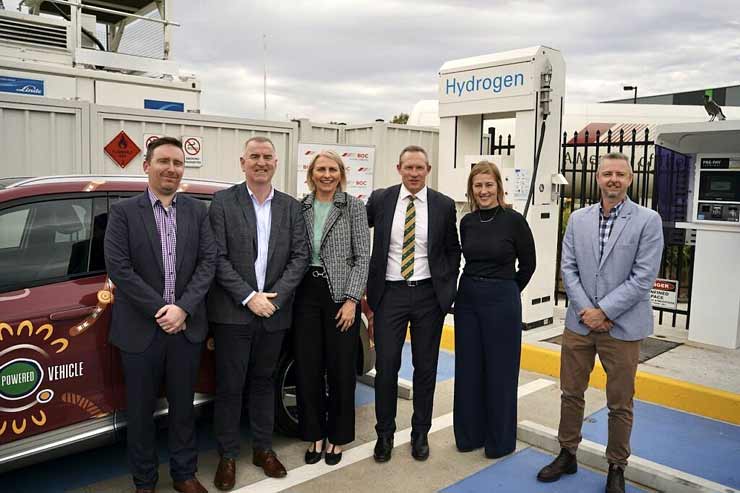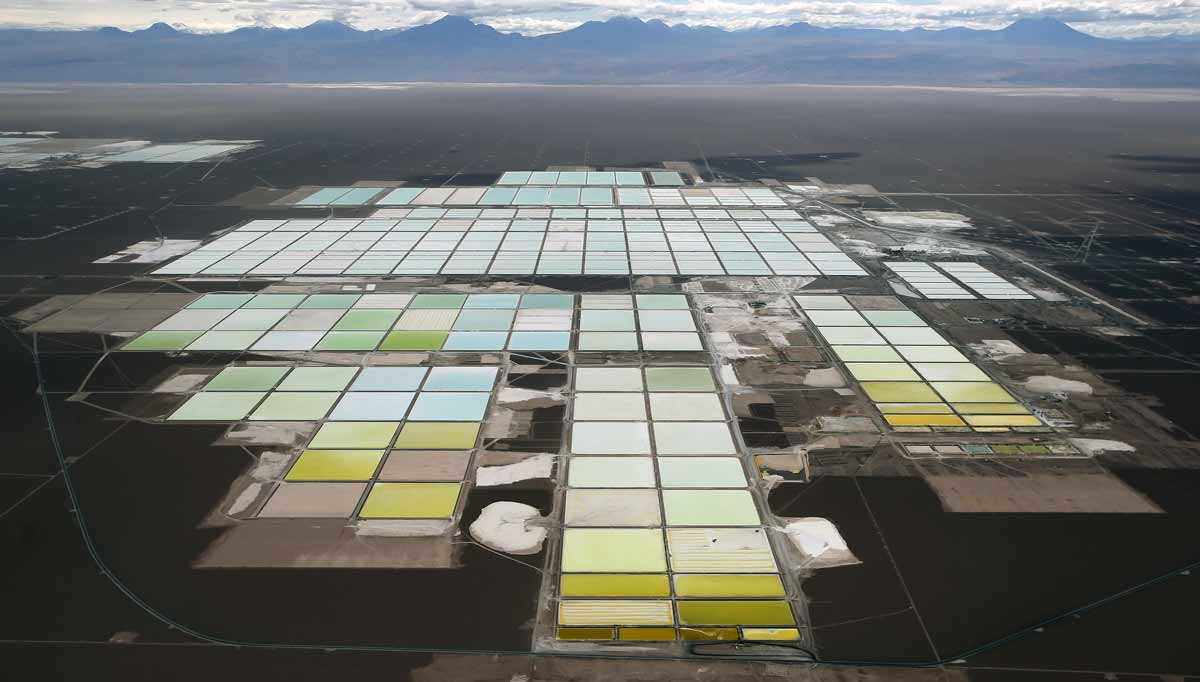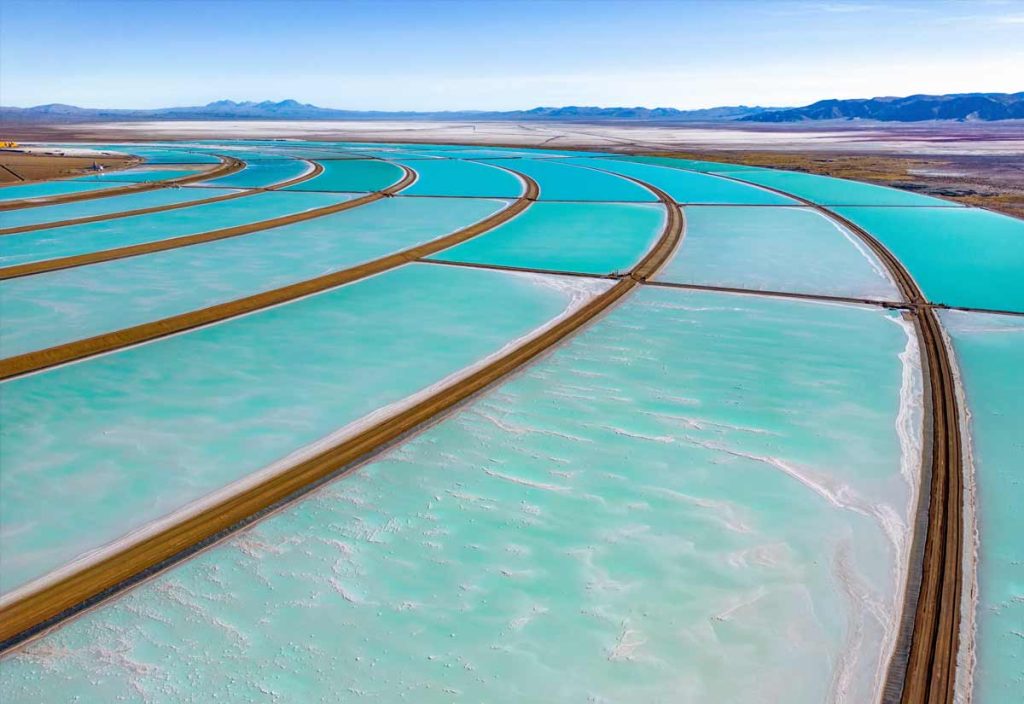A Groundbreaking Hydrogen Refueling Station in Australia:
In a landmark achievement that propels Australia to the forefront of clean energy innovation, the country’s first hydrogen refueling station at a retail fuel site officially opened its doors last August.
Situated at one of Brisbane’s busiest service stations, BP Lytton, this pioneering facility marks a significant step in realizing the hydrogen economy. With global expertise in fuel handling, BP has collaborated with BOC, the project leader, and received support from both the Queensland Government and the Australian Renewable Energy Agency (ARENA).
This initiative is part of BP’s global commitment to meeting energy and mobility needs and exemplifies the business model for how existing infrastructure can be seamlessly integrated with hydrogen technology.
One of the major drawbacks of consumer interest in battery-dependent EVs is charging time and the inconvenience of waiting for limited access to charging stations. At the Bulwer Island production site, BOC will produce the hydrogen dispensed at the station, boasting a rapid refuel time of merely 3-5 minutes for hydrogen-powered vehicles.
To make this even more convenient, BP Plus cardholders will have exclusive access to this refueling facility. That rivals traditional gasoline and diesel stations for refueling convenience as part of a hectic commuting routine.

We’re Going to Need Them All: Hydrogen Alongside EVs, and Biofuel
“The decarbonization of transport is one of the clearest routes to take as we travel towards our 2050 net-zero emissions target, and here in Queensland, the rubber is hitting the road,” comments Australia’s Minister for Energy, Renewables and Hydrogen Mick de Brenni.
Meanwhile, BP Vice President of Marketing Asia Pacific, Amanda Woollard, underscores the co-existence of hydrogen-powered vehicles alongside EVs and biofuels, expanding options for modern mobility needs.
This launch is an unequivocal message to the world: Australia isn’t just entering the green tech race; it’s aiming to lead it. As more hydrogen-powered vehicles emerge, existing service stations can become multipurpose refueling hubs, thus making clean fuel accessible and attractive.
In an era where the rush towards sustainable energy solutions is more frenetic than ever, Australia’s first hydrogen refueling station serves as a tangible milestone in the green transition.
A Closer Look at Battery Materials and Hydrogen Fuel Cells
The environmental cost of green transportation is a topic of hot debate, with hydrogen and lithium-ion batteries taking center stage. While the conversation is often geared toward reducing CO2 emissions during operation, what about the ecological footprint of creating these technologies? Let’s delve into the environmental impact of the essential components found in lithium-ion batteries and compare them with hydrogen fuel cells.
What Goes Into a Lithium-Ion Battery?
1. Lithium
Sourced through hard rock mining or brine extraction, lithium extraction poses challenges such as high land and water consumption.
2. Cobalt
Primarily coming from the Democratic Republic of the Congo, cobalt mining has been linked to environmental degradation and significant human rights concerns.
3. Nickel
Nickel mining can cause deforestation, soil erosion, and water contamination.
4. Graphite
Graphite extraction can result in air and water pollution if improperly managed.
5. Rare Earth Elements (REEs)
Vital for magnets in electric vehicle motors, REEs can produce radioactive waste and environmental harm.
Counterbalancing Factors
1. Lifecycle Emissions
Despite the higher initial environmental impact of producing EVs and their batteries, they usually have lower operational emissions over their lifecycle.
2. Battery Recycling
Recycling initiatives are growing, aimed at mitigating some of the environmental impacts related to mining for fresh raw materials.
3. Technological Advancements
Efforts are underway to reduce reliance on problematic materials or develop more sustainable extraction methods. The LiFe Lithium (Ferrous) Iron battery is one example of sacrificing some energy density for sustainability. These iron-containing batteries tend to be about 20% cheaper than other lithium-ion batteries with the same capacity today. This is partly because LFP doesn’t contain cobalt or nickel, expensive metals that have seen huge price swings in recent years.
4. Ethical Supply Chain Management
As the issues surrounding materials like cobalt become more widely known, there’s increased pressure on companies to maintain ethical supply chains.
Hydrogen: A Sustainable Alternative?
Hydrogen, the universe’s most abundant element, presents a compelling case for green energy. Unlike lithium-ion batteries, hydrogen fuel cells have a less complex materials profile and can be produced through renewable means. However, the technology still faces challenges concerning storage, distribution, and overall efficiency.
Final Thoughts
It’s crucial to evaluate the complete environmental footprint of green technologies, considering the entire lifecycle and broader impact. While hydrogen seems promising, each option has its pros and cons, and the “best” solution may depend on various factors like regional resources and infrastructure.
As we transition to more sustainable modes of transport, weighing these environmental trade-offs is imperative for making informed decisions.
Resource Erectors Update- Australian Mining Magnate vs. Elon Musk:
The Hydrogen vs. EV Debate Rages On
Beginning with a public faceoff in China back in 2021, hydrogen marched on to the green stage long dominated by EV marketers. The debate over hydrogen fuel cells and battery-dependent electric vehicles has now reached a fever pitch, especially with heavily invested parties such as “too big to fail” Tesla CEO Elon Musk.
Our favorite engineer to follow, Elon has been aggressively vocal in the past few years about his disdain for hydrogen. Now it looks like he’s meeting his match in Andrew Forrest, founder of Fortescue Metals Group, a major league mining magnate hailing from Australia.
Battery vs. Hydrogen – The Showdown
Tesla has been leading the charge in promoting electric vehicles powered by lithium-ion batteries. Elon Musk’s vision has been clear: the future is “pure electric.” However, Fortescue’s CEO Andrew Forrest isn’t on the same page. He sees hydrogen as a greener, more sustainable alternative to lithium-ion batteries, igniting a revived debate on clean energy technologies.
The Heat is On
When Elon Musk proclaimed that hydrogen fuel cells were “mind-bogglingly stupid,” it was as if he threw down the gauntlet in front of Forrest. Both companies are vying for a share of the green tech vehicle sector, especially in China, the world’s largest EV market.
The Global Push Towards Green Energy
While the global green energy benchmark for 2030 is noteworthy, Forrest aims to go beyond that, capitalizing on the limitations of finite resources like rare earth elements. It’s a well-calculated move to break free from China’s near-monopoly on resources crucial for battery production.
Hydrogen: An Element with Endless Possibilities
One cannot deny that hydrogen offers compelling benefits:
- No need for precious lithium, eliminating recycling and supply chain issues
- Greater range than current EVs
- Emissions consist of only oxygen and water
- Quick refueling times, providing convenience for consumers
Addressing the Hindenburg Myth
The notion that hydrogen is an unsafe fuel source is an old argument that has lost its potency over the years. Advanced safety mechanisms have already been developed to make hydrogen as safe as, or even safer than, traditional fossil fuels.
The Cost Factor
At $5.60 per gallon, hydrogen might seem expensive. However, with the push against fossil fuels gaining momentum, hydrogen could soon become a more economically viable option.
The Green Future Lies in the Balance
As industry insiders, we at Resource Erectors can see that savvy civil engineers and industry experts are paying close attention to the nuances in this clash of futuristic green technologies. As finite resources become scarcer, the debate over hydrogen vs. battery electric vehicles will intensify, making the winner anyone’s guess.
About Resource Erectors
When it comes to filling essential positions in your heavy industry sector, there is no debate. Resource Erectors has been at the forefront of specialized recruiting for decades, bringing heavy industry expertise and connections to serve both employers and candidates alike. Our extensive experience spans mining, manufacturing, civil engineering, heavy construction, concrete, aggregates, and many more industrial sectors.
At Resource Erectors we pride ourselves on the ability to find the right fit for every job opening. For qualified engineers and associated heavy industry professionals, Resource Erectors opens the gateway to lucrative six-figure salaries, fostering not just job placements, but long-term career advancements. Whether you’re a company seeking top-tier talent or a professional looking for your next big opportunity in our ever-competitive industries, don’t hesitate to contact Dan today so we can all get to work.









